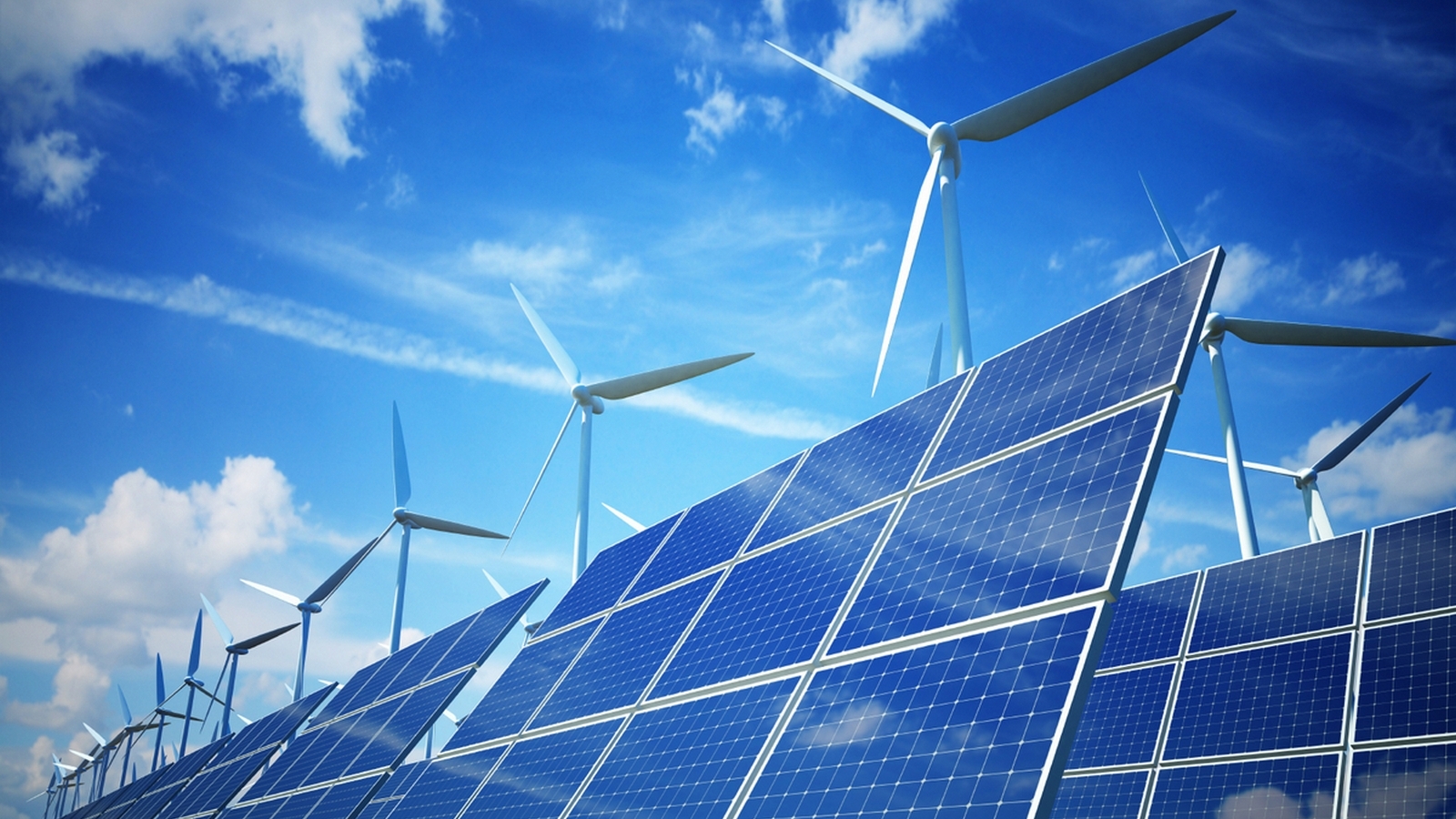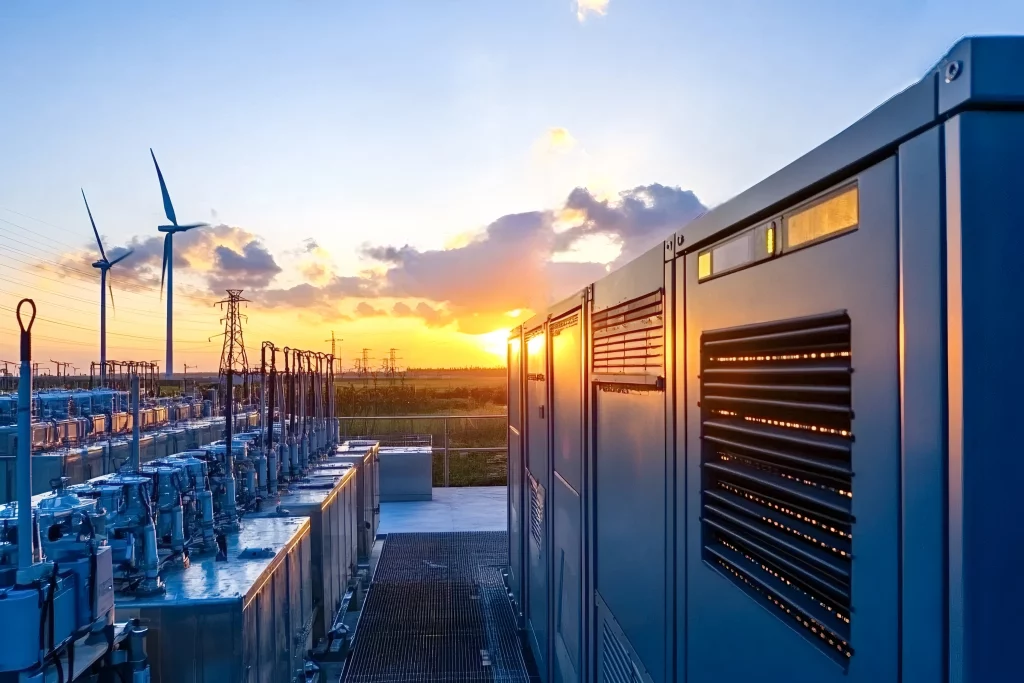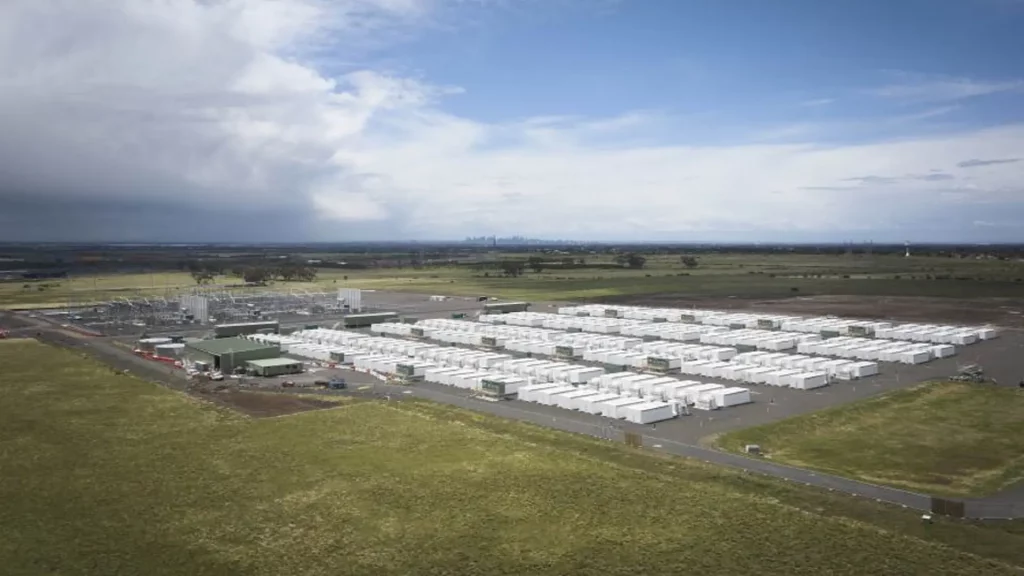
RES growth should be 16.4% per year to triple capacity by 2030 – report
30.07.2024The global “green” energy sector is currently developing the fastest compared to other types of generation. However, there is a risk that the global commitment to triple the total global renewable energy capacity by 2030, undertaken by countries at last year’s COP28UAE conference, will not be fulfilled.
This is evidenced by the data of the International Renewable Energy Agency (IRENA), the Ukrainian translation of which can be found on the UWEA website.
According to IRENA’s calculations set out in the report “Renewable Energy Statistics 2024”, in order to achieve the stated goal, the world must annually increase the total capacity of renewable energy sources by at least 16.4%.
According to the document, an unprecedented 14% increase in “green” capacity in 2023 brought the average annual growth rate to 10% for the period from 2017 to 2023. Coupled with the gradual decline in the share of fossil fuels in the overall global energy mix and the slowdown in the construction of conventional generation facilities, renewables are on track to finally surpass fossil fuels in terms of annual global deployment rates.
However, even if the growth rate of 14% continues, the target of increasing global renewable energy capacity to 11.2 TW by 2030 will be missed by 1.5 TW or 13.5%. If the historical average annual growth rate of renewable energy at 10% remains, only 7.5 TW of new renewable energy capacity will be added by 2030, which is almost a third less than the target.
In terms of electricity generation, the Report emphasizes regional differences in the share that RES play in the energy balances of countries and regions. Thus, Asia is the leader in electricity generation from RES, bringing the relevant regional figure to 3,749 TWh, thus surpassing North America for the first time. Instead, South America increased its renewable electricity production by almost 12%, bringing it to 940 TWh due to the renovation of hydropower capacities and the development of solar generation.
In addition, Africa increased its carbon-free electricity production by 3.5%, reaching 205 TWh in 2023. This region has a huge potential for solar and wind power, as well as a great need for increased energy supply and rapid sustainable development.
Become a member of 100 RE UA
Switching to 100% renewable energy in Ukraine is possible!




